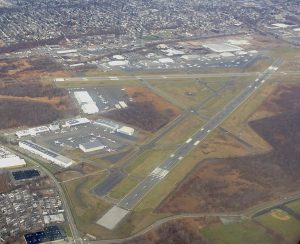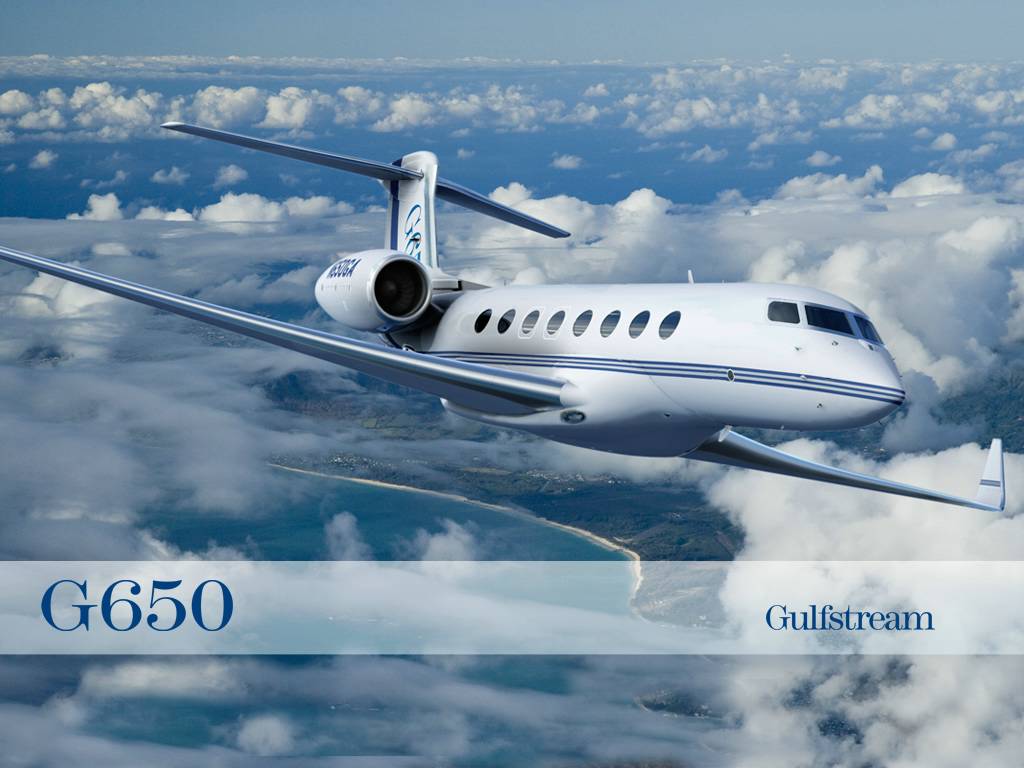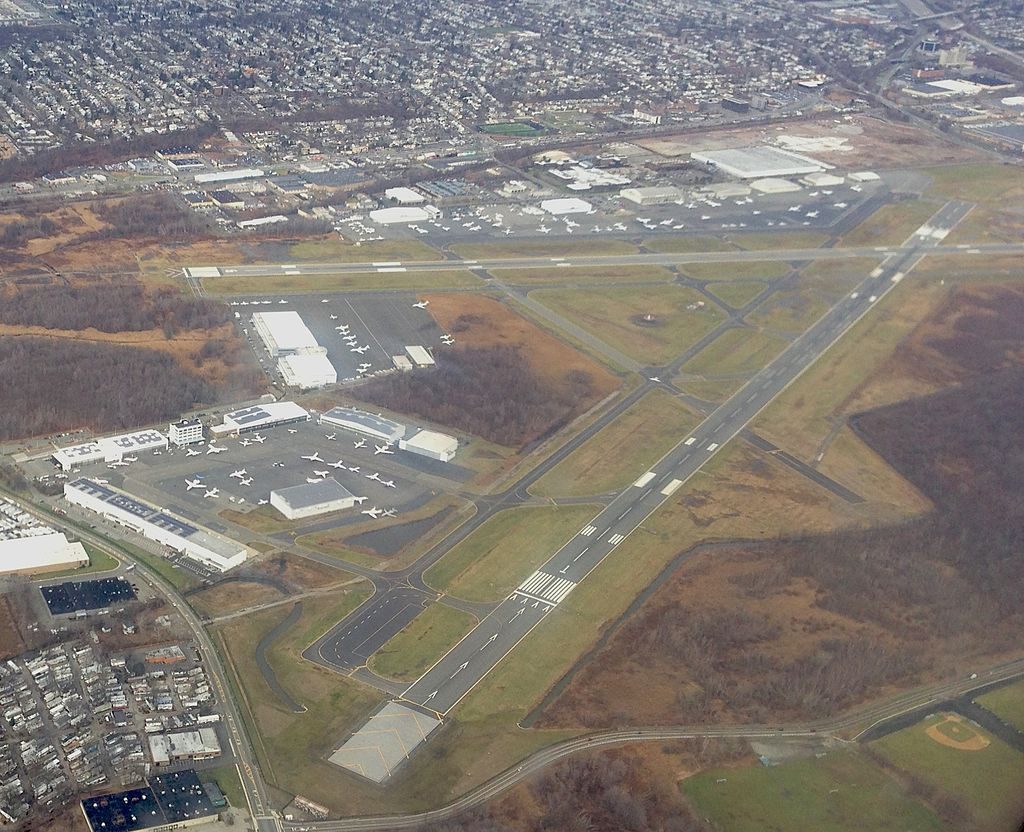The North American market accounts for two-thirds of private jet ownership — and business aviation is on the rise! In fact, American, Canadian, and Caribbean business aircraft operations increased by over 4% in the last year. Midsize jets accounted for most of this activity, and projections show the sector can look forward to similar growth in the future.
Gains were also seen in charter jet activity: Charter flights on midsize and large cabin jets showed significant growth, climbing 14.3% and 12.6%, respectively.
Changes from past periods
 Some industry observers compare the existing market with the “Lost Decade” from 1986 to 1996. During this period, new business jet deliveries remained flat at around 350 units each year.
Some industry observers compare the existing market with the “Lost Decade” from 1986 to 1996. During this period, new business jet deliveries remained flat at around 350 units each year.
But even if new private jet deliveries remain stagnant over the next few years, industry insiders expect 650 to 750 deliveries annually — about double the output of the so-called Lost Decade. Meanwhile, fewer existing jet owners have found it necessary to try to sell their aircraft since the downturn.
The residual value of jet aircraft has also fallen somewhat with private jets no longer being in short supply. Alternatives to outright full ownership — such as fractional arrangements or membership clubs that allow business owners to charter jets — have supplanted aircraft purchases for some.
And although large cabin aircraft delivery has been low, flights on these models have increased. New Bombardier, Gulfstream, and Dassault models soon to be introduced in this class are expected to boost the market considerably.
In-flight connectivity growth
 What else is growing in the business aviation world? At the end of 2016, there were over 19,000 in-flight connectivity (IFC) systems on business and VIP planes. Estimates indicate that this number may double within a 10-year period.
What else is growing in the business aviation world? At the end of 2016, there were over 19,000 in-flight connectivity (IFC) systems on business and VIP planes. Estimates indicate that this number may double within a 10-year period.
L-band, 4G, and satellite technologies used for connectivity will likely remain popular, and the demand for these technologies is projected to grow. Companies that produce these technologies are expected to keep pace with demand for their products as they deploy more satellites and continue to refine their hardware.
Enhanced connectivity on flights allows for much easier communication, making access to one of these IFC systems a key point for those interested in buying jets, especially for business purposes. Companies that continue to grow on a global scale should help fuel the demand for increasingly sophisticated IFC systems.
Business aviation is set to grow with good tools available to enhance flight experience. These tools help add to the appeal of today’s top private aircraft options.
If you need help buying or selling a jet, contact our sales team at L & L International at
sales@L-Lint.com. You can also visit our website anytime or call
+1 (305) 754-3313.
For business professionals flying via private jet, small airports are perfect destinations. They are less congested than large commercial facilities, and they are optimal for the value and flexibility of business aircraft. Using smaller business airports also supports the wider aviation community by increasing access to resources and directly boosts the local economy.
With over 5,000 public-use airports in the United States alone, less than 500 are used commercially. This means that you have over 4,500 business airports from which to choose for your business travel. Of those, a few stand above the rest in terms of location, amenities, comfort, and service.
 Teterboro Airport in Teterboro, New Jersey
Teterboro Airport in Teterboro, New Jersey
Located a mere 12 miles from midtown Manhattan, this airport is a key destination for your business travel to the New York City metropolitan area. By flying into this airport, you avoid the hassle of finding your way to the business districts in midtown and downtown Manhattan from JFK or LaGuardia Airport.
Teterboro Airport has five fixed-base operators (FBOs) that provide aeronautical services including 23 rentable hangars, fueling, tie-down, and aircraft parking.- DuPage Airport in West Chicago, Illinois
DuPage Airport is located 29 miles west of downtown Chicago and is within minutes of western Chicago’s major commercial centers. It is one of the premier business aviation facilities in the United States. In addition to its superior airfield, the grounds house a championship golf course and a high-tech business park.
 Van Nuys Airport in Los Angeles, California
Van Nuys Airport in Los Angeles, California
Bypass the congested Los Angeles International Airport by flying your private jet into this airport. Located a short 30-minute drive from downtown LA, the facility is one of the world’s busiest business airports. Van Nuys contributes approximately $1.3 billion annually to the U.S. economy.- Laurence G. Hanscom Field Airport in Bedford, Massachusetts
Hanscom Field is located roughly 20 miles northwest of Boston and is the largest general aviation facility in New England. It’s a perfect location for business executives looking for convenient access to “America’s Technology Region,” home to a number of high-tech firms and corporations along the western part of Route 128.
- Dulles International Airport in Dulles, Virginia

[su_button url=”https://www.l-lint.com/aircraft/gulfstream-g650/” target=”blank” style=”3d” background=”#F25720″ center=”yes” radius=”round” icon=”icon: arrow-circle-right” text_shadow=”0px 0px 0px #000000″]View GULFSTREAM G650[/su_button]
The Dulles airport is located approximately 25 miles from downtown Washington, D.C. and serves both commercial and private jets. It’s the busiest airport in the Washington metropolitan area. Interestingly, it is home to an aerospace museum that houses the Space Shuttle Discovery and several other notable aircraft.
Smaller airports can help you avoid major city traffic, excessive airport use fees, and reduced time slot availability in larger airports. They can also give you more flexibility on timing. The next time you hop on a plane for business travel, put one of the top five small business airports on your itinerary. Before you depart, don’t forget to remind your pilot to check runway lengths and storage options at smaller airports.
 Some industry observers compare the existing market with the “Lost Decade” from 1986 to 1996. During this period, new business jet deliveries remained flat at around 350 units each year.
Some industry observers compare the existing market with the “Lost Decade” from 1986 to 1996. During this period, new business jet deliveries remained flat at around 350 units each year.
 What else is growing in the business aviation world? At the end of 2016, there were over 19,000 in-flight connectivity (IFC) systems on business and VIP planes. Estimates indicate that this number may double within a 10-year period.
What else is growing in the business aviation world? At the end of 2016, there were over 19,000 in-flight connectivity (IFC) systems on business and VIP planes. Estimates indicate that this number may double within a 10-year period.
 Teterboro Airport in Teterboro, New Jersey
Teterboro Airport in Teterboro, New Jersey Van Nuys Airport in Los Angeles, California
Van Nuys Airport in Los Angeles, California